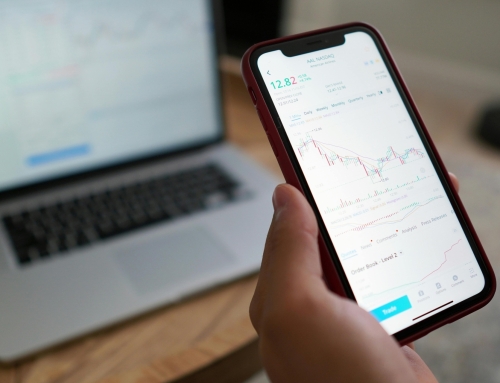Do reverse stock splits help or hurt the small-cap investor?
Over the years, we here at The Bowser Report have come across our fair share of reverse stock splits. We have even written our fair share about reverse stock splits. When considering this financial occurrence, the question remains: Are reverse stock splits good or bad for my stock? Have no fear Buckaroos, we are here to offer our insight:
What exactly is a reverse stock split? A reverse split occurs when a company reduces the number of shares outstanding, and the price-per-share increases as a result. For example, a company possesses 4 million shares at $2/share and undergoes a one-for-two reverse split. Now, the company has 2 million shares outstanding at $4/share. Notice that the market cap did not change--still $8 million.
Why would a company undergo a reverse stock split? There are a number of reasons why a company would decide to initiate a reverse split. Some of the most often discussed are:
- Keeping the share price above $1/share in order to maintain or gain compliance with NYSE or NASDAQ listing requirements (as with PAMT's split).
- Attempting to extend the life of a slipping stock. If a stock sees little in its future, a reverse split can maintain a stock's reputation at face value.
- Raising the stock's status above the penny stock mark. Some companies have a fear of being labeled a penny stock, and some big investors have a fear (or a principle) keeping them from investing in lower-priced issues.
So what does this mean? Two of the three reasons listed above are efforts of desperation. A stock that fails to raise its share price above $1/share without a reverse split may not be such a great investment. These companies probably lack solid financial results, which is the real factor driving the stock's price below the listing requirement.
On the other hand, a company that attempts to save face through a reverse split misses the fundamental point: this effort is superficial--the company has the same valuation before and after the split. Also worth noting is the dilution of the earnings per share (EPS) in this situation. While less shares equals higher EPS for companies reporting profits, it means lower EPS for those reporting losses.
The third reason listed has some validity to it. A company that trades above $5/share is far more likely to see increased fund ownership and brokerage coverage. However, once again, keep in mind that many of these funds and analysts are looking for more than just a stock's price. They also consider a company's financial background and stability.
Can a reverse stock split be beneficial? Yes, but that is usually the exception. At The Bowser Report, we have experienced stocks that have appreciated after a reverse split, but typically, these stocks tumble. Here are a few examples of Bowser stock reverse splits, successful and unsuccessful:
- Alliance Fiber Optics (AFOP): 1-for-5 on August 30, 2010. $19.85 high after split on 01/18/11--151% gain. AFOP now trades at $9.31 with a 52-week range of $7.03-11.29.
- Evolving Systems (EVOL): 1-for-2 on July 21, 2009. Appreciated to $7.49 after split--50% gain. EVOL now trades at $5.68 with a 52-week range of $5.20-7.95.
- eOn Communications (EONC): 1-for-5 April 21, 2008. Dropped down to $0.40 after split--83% loss. EONC now trades at $1.20 with a 52-week range of $0.92-3.35.
*AFOP and EVOL reported outstanding financial results after their splits. EONC reported losses.
Effective March 22, Parametric Sound Company (PAMT) underwent a 1-for-5 reverse stock split. The split took shares from a close of $0.95 on March 21 to a close of $4.45 on March 22. Since the split, the company's shares are $4.50, a gain of 1%. Because of the reverse split, PAMT qualified for listing on the Nasdaq CM. The company's financial situation will be monitored.
What is the bottom-line? Generally we frown on companies that choose a reverse split as a course of action. However, the moral of the story is to know what you are investing in. A stock price must alway be earned. Motley Fool writer Rick Aristotle Munarriz refers to any type of split as a "zero-sum game," meaning that there is no true value gained or lost in a split. The best way to successfully boost a stock's price has been and always will be the company's financial performance.





Leave A Comment